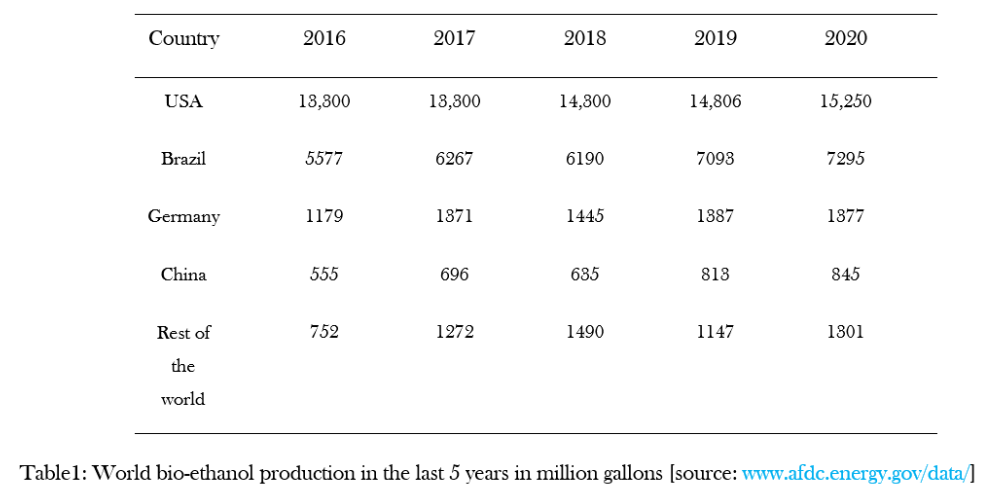Pharmacists are at a pinnacle in the ability to manage, cure and prevent disease. Today, the pharmacist plays an essential role as part of the healthcare management team along with doctors. The post covid episode of the market produce a huge requirement of fresher students in healthcare management system especially in sterile manufacturing like vaccine or other injectables like monoclonal antibodies. India practically ensures a bright future for the fresher students who are entering the profession. Sooner the fourth-year students will graduate from Pharmacy school. There is only one step left between the students and the job of their dreams. And there should not be any mistake for getting ready for the interview. Foremost part to entry through the gateway to get those positions in industry required one small document the Resume. Listed below are some basic steps involved in writing of a standard quality resume:
- The resume should represent about the candidate but it should do so in a certain format and cover specific areas sometimes specified by the school also.
- The information in resume should be clear, succinct and mistake-free. grammatical errors that a fresh pair of eyes might catch that’s why review by other persons is needed. using white or off-white paper for your resume is essential.
- Reachable contact numbers and email id should be provided along with the full name.
- Any kind of unethical practice like exaggerating or claiming things like research activities or scholarships that you are not involved with can put candidates blacklisted to the company, that’s why fabrication of the resume unethically is not good and unwise.
- Try to incorporate the research activities you have done in your b. schooling in your resume. If you have published any review or research article in peer review journal may be with your teachers or you have received any prize please mention. There is nothing wrong with describing these or any awards you have received.
- get register your name in students’ pharmaceutical associations or may be in IPA, IPGA etc. this kind of membership also increases the friend circle of the newcomer.
- Place the most important information about yourself first, but make sure your honours and awards are near the top of the list as well. Describe anything different about your strong point like leadership capability that will allow you to get interested to the recruiter.
- If you’re appearing for an interview where experience is mandatory for a particular field just make caps or bold the areas related to that.
- In the cover letter the reason for applying the job is required to mention and which should be brief and to the point. Sometimes the recruiter asked to mention the exact position applied like executive or sr. executive so that also should be written.
- Though the length of your resume varies depending on an individual’s experiences, but generally it should be within one page or two maxima. All the details you are providing should be pointwise and in a brief manner. The skill and strength should be mentioned in case of fresher candidate and using the powerful words like Detail-orientated, Communication, Time-management, Empathy, Teamwork
- References can be provided along with the addresses and mobile numbers but better to give the contacts of some senior faculty or managers you know.
- some other points should not get missed out like experience in MS word, excel, and database management system etc. and reverse chronological order for writing.
- Lastly the status of the pharmacy license of PCI should also be mentioned.
















